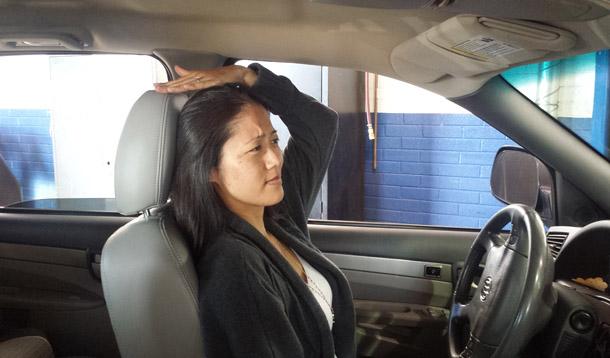
Want to know how to reduce soft-tissue, whiplash-related injuries by as much as 40%? Make sure your headrest is at the proper height!
Chances are, most of us haven’t touched our headrest in a very long time. In fact, the Insurance Bureau of Canada found that only 14% of drivers have their headrests properly adjusted. Most if not all vehicle owner’s manuals will have explanations on how to properly adjust the headrest. Below is a sample from the 2014 Chevrolet Cruze. I know you all read your owner’s manual word for word, right?
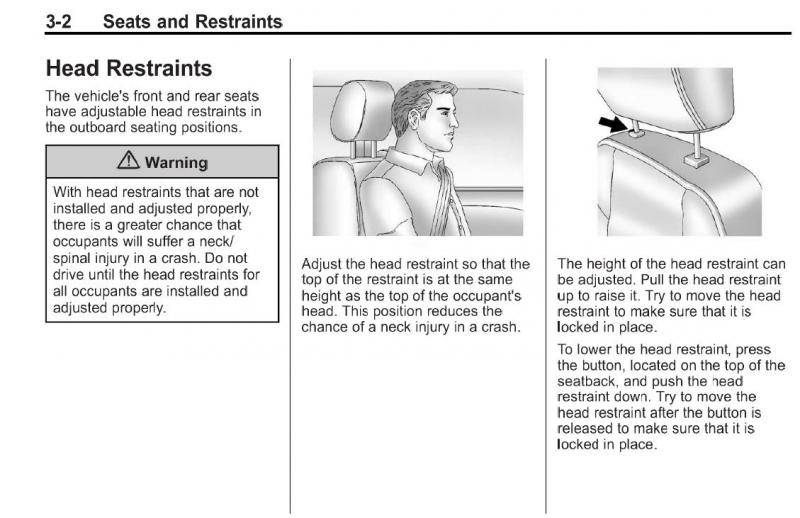
When you jump in someone else’s car (like your spouse or parent’s) do you adjust your headrest? When we spoke with some of our clients, they couldn’t recall the last time they checked their headrests.
Thanks to a conversation with Natalie Nankil (Media Relations Manager at GM Canada) about car safety, I realized how few people pay attention to their headrest. So what is the right height? According to the Insurance Bureau of Canada, there are 3 easy steps to properly adjust your headrest:
1 – The centre of the headrest should be slightly above the top of the ear
2 – The top of the headrest should be at least as high as the top of the head
3 – Ideally, the distance between the headrest and the back of the head should be between 5 and 10 cms (2 and 4 inches)
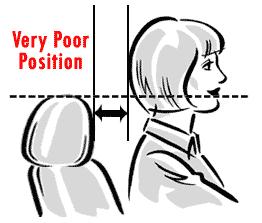
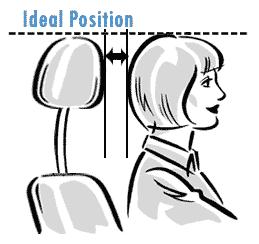
Some headrests allow for horizontal adjustment - take a look at the difference in this type of adjustment in the 2014 Buick Enclave:
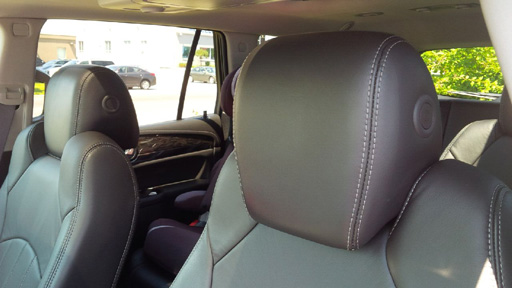
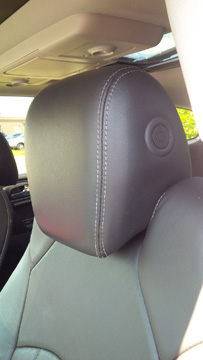
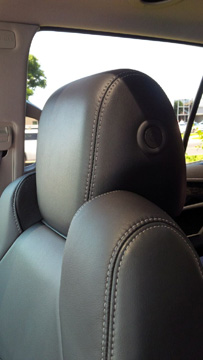
Next time you get into your car, make a quick check on your headrest height as well as your passengers (even the kiddies)! Don’t forget to do the same when you jump into someone else’s vehicle. This may seem like a small thing, but even the little things have big payoffs when it comes to car safety.
For other auto maintenance tips, read "What Your Car's Lights Are Trying To Tell You" and "Parking Brake: Use It Or Lose It".